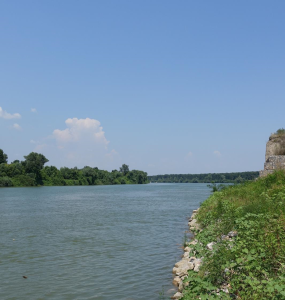Support us, participate and reap the benefits - sign up here
University Ave, Glasgow G12 8SP
University Ave, Glasgow G12 8SP
University Ave, Glasgow G12 8SP
1 University Gardens, Glasgow, G12 8QH

Throughout human history narratives about the motivations and conditions for mass violence as a persistent feature of conflict evolve in complexity and materiality. The victims of these events, and a careful consideration of their skeletal remains, hold the key to understanding the evolution and transformative power of violent behaviour beyond simple inter- or intra-group conflict. At the same time, mass grave sites also serve important functions in the creation and direction of social memory. In European prehistory, demographically biased graves are more frequently weighted towards male casualties, presumably due to their preferential involvement in violent interactions. The bioarchaeological and biomolecular (re-)analysis of 77 individuals from a mass grave at the Early Iron Age site of Gomolava showed demographic biases that suggest excessive lethal violence enacted mostly on women and children. The site’s location in the Carpathian Basin in southeast Europe places it at the interface of complex socio-spatial relations, divergent cultural traditions and values, and competing ideologies of landscape use. Sharing few, even distant, genetic relationships, the individuals in the grave are monumental evidence of trans-community conflict and an aggressive and complex shift of power, violence and gender relations in European prehistory. The site manifests the deliberate annihilation of select sections of a regional population into the canon of mass violence behaviour in human history.
All of our lectures are all free to attend for members and non-members, and can also be livestreamed and watched back via this link.
Enquiries to info@glasarchsoc.org
Glasgow Archaeological Society is a registered charity (no. SC012423)